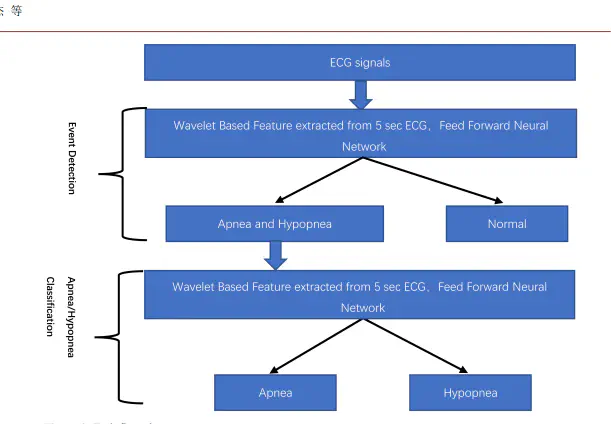
Abstract
Sleep apnea is a breathing disorder associated with sleep, commonly known as sleep apnea syndrome, which affects about 4% of the general population. It requires professionals to manually analyze the patients’ sleep polysomnography recorded in the hospital to diagnose sleep apnea, which is a time-consuming and labor-consuming process. Thus, it is important to develop methods to automatically classify sleep apnea. This paper introduces a variety of artificial intelligence classification methods of sleep apnea, including classification based on statistical rules and classification based on deep learning, and the analysis data can be single channel physiological data and multi-channel sleep data. We compare the classification results of different methods, and point out that the multi task analyses with deep learning algorithms on multi-channel data should be the mainstream of sleep apnea classification in the future